شخصية اليوم أحدث الأخبار
Warehouse421, a major art, and design organization greened the program landscape

Warehouse421, an Abu Dhabi-based arts and design hub devoted to exhibiting and fostering regional artistic development, has announced the release of Total Landscaping, curated by Murtaza Vali.
Gareth Doherty investigates the various forms of knowledge that comprise landscape architecture using an ethnographic approach. Every one of Doherty's books, including Paradoxes of Green: Landscapes of a City-State, pushes the boundaries of landscape architectural theory and design by taking human ecology into account amid environmental and aesthetic concerns. By addressing how a socio-cultural context could motivate design developments, Doherty's study widens discussions on ethnography and participatory practices. His work challenges and widens our perception of landscape architecture.
Total Landscaping looks at how plant life is widely interpreted, experienced, represented, and ingested in the Gulf, and similar new urban formations across the globe. It focuses on instances in which flora's undisciplined fertility is stifled in the name of capitalism and politics, a process that abstracts and reduces it to a color, phrase, or picture. Doherty is an Associate Professor of Landscape Architecture at Harvard University Graduate School of Design and the Director of the Master of Landscape Architecture Program.
His work is based on two issues. First, how we will engage with communities that lack a structured landscape architecture discipline support landscape architecture theory, education, and practice? Second, how does contrasting landscapes from various cultures help landscape architects become more responsive to the values that influence other people's perceptions of the landscapes?
Doherty's research focuses on built landscapes in the postcolonial and Islamic worlds, especially in the Arabian Peninsula, West Africa, Latin America, and the Caribbean. He examined a Bahraini category for landscape-greenery al-khudra in Arabic in his book, Paradoxes of Green: Landscapes of a City-State. He spent a year walking around Bahrain, studying the local language, conversing with locals, and documenting his experiences with green, both as a color and as an environmental campaign.
In the Kingdom of Bahrain, where green has a deep and strong heritage of becoming cooling, fruitful, and flourishing — a groundbreaking comparison to the hot and aggressive desert — the innovative multidisciplinary study examines the idea of green from multiple perspectives — aesthetic, architectural, environmental, political, and social. While green is often praised in cities as a comparison to grey urban environments, it must be acknowledged that green has not always been beneficial to cities. The representation of green in arid urban settings is often at odds with green practice from an environmental standpoint. The book revolves around this paradox. The paradox becomes serious and impossible in desert areas like Bahrain. Green reflects a multitude of inherent human ideals in Bahrain, according to Doherty, and resides in dialectical contrast with other culturally and environmentally relevant colors and hues. The statement that color and object definitions are jointly reinforcing is made explicit in the novel.
“The magnificent accomplishment of Paradoxes of Green is its insightful and clear mediation of the difficult issue of color from two perspectives: on top, at the level of description, and on the surface, where his anecdotal thoughts give this essential book such vitality and his deep sensitivity,” says Charles A Riley II, Professor of English, Baruch College, City University of New York, and author of Color Codes.
“An original, acutely experienced ethnography, a thick definition of the color green in the complicated urban area of Manama, Bahrain, by a landscape architect who explores its streets with a camera, notebook, and water-coloring box in hand,” says Steven C Caton, Harvard University's Khaled Bin Abdullah Bin Abdulrahman Al Saud Professor of Contemporary Arab Studies.
“It is a genuinely interdisciplinary book, guaranteed to attract a broad readership.” “Brilliantly formulated at the convergence of architecture, urban design, anthropology, and Middle East studies, this is a truly interdisciplinary work, promised to attract a huge following.”
“Depending on fieldwork in the small and arid Kingdom of Bahrain, Doherty forensically investigates and extends what is known by ‘green,'” says Kathryn Moore, Professor of Landscape Architecture at Birmingham City University in the UK. Doherty skillfully illustrates how color and landscape are influential in shaping social relationships by examining the importance of human experience in framing a dynamic layering of context and significance in landscape and urbanism.
“This book is not only for students and professionals of landscape architecture and design but also for those engaged in a vastly different kind of ecosystem,” says the author.
Doherty is the editor-in-chief of New Geographies 3: Urbanisms of Color and a contributing editor of the New Geographies journal. With Mohsen Mostafavi, he co-edited Ecological Urbanism, which has been converted into Chinese, Spanish, and Portuguese, with Arabic and Persian translations, are under process. Layan Attari, Iftikhar and Elizabeth Dadi, GCC, Mohamed Khalid, Ho Rui An, Hind Mezaina (with Todd Reisz), Farah Al-Qasimi, Stephanie Syjuco, and Yee I-Lann are among the artists taking part in Total Landscaping.
A lecture by Attari, Khalid, and Syjuco is part of the exhibition's program on April 27. Landscaping in its totality is the next step. In the four-part series Substructures: Excavating every day, Stephanie Comilang and The Stonebreakers perform Float. The series looks into the infrastructures that shape the spaces, contours, and rhythms of Gulf urbanism, exposing structures and networks that are so deeply ingrained in the Khaleeji quotidian. From April 10 to June 13, the exhibit will be on display.



 ENG
ENG








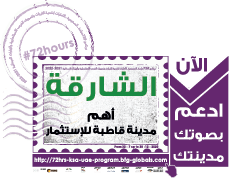
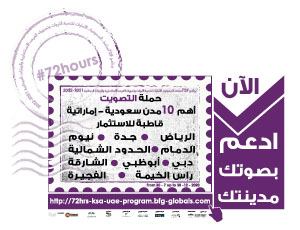
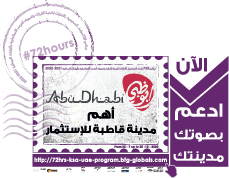
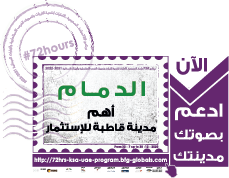
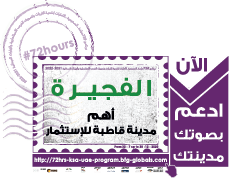
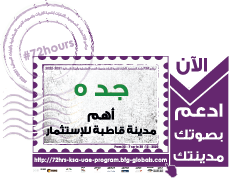
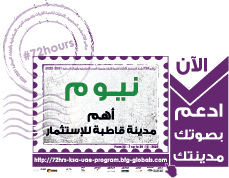
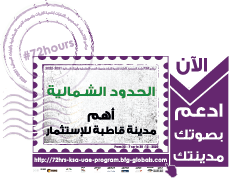
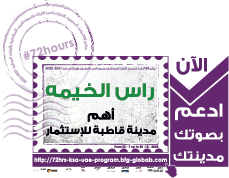
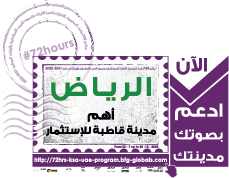










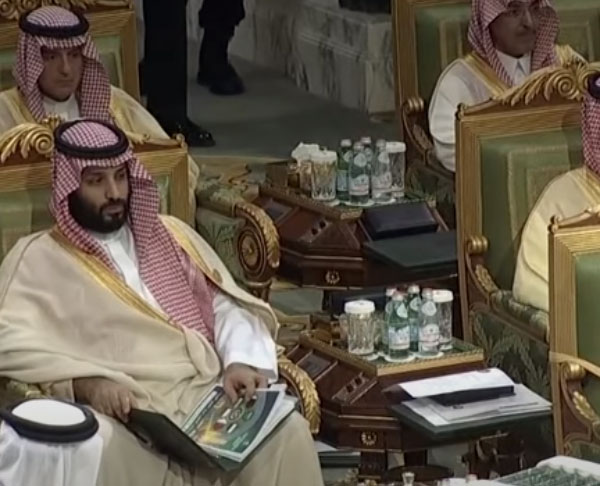
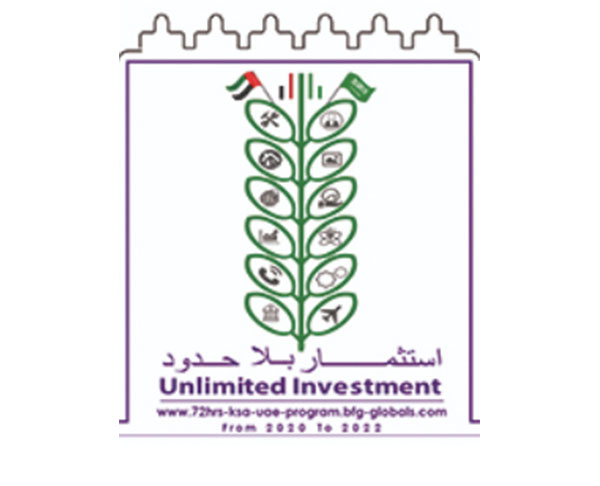
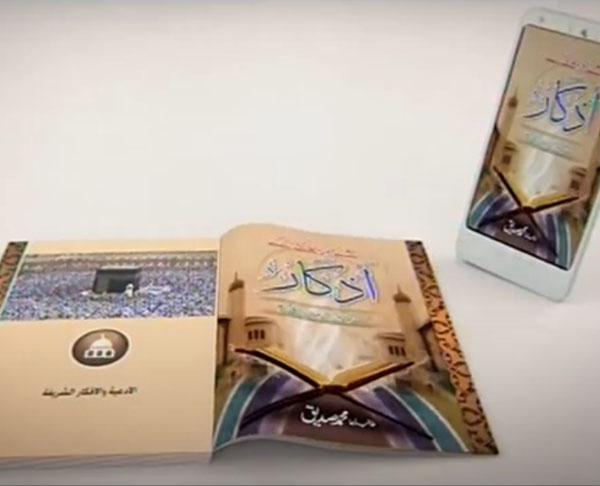

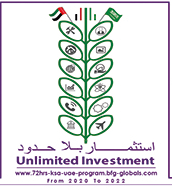
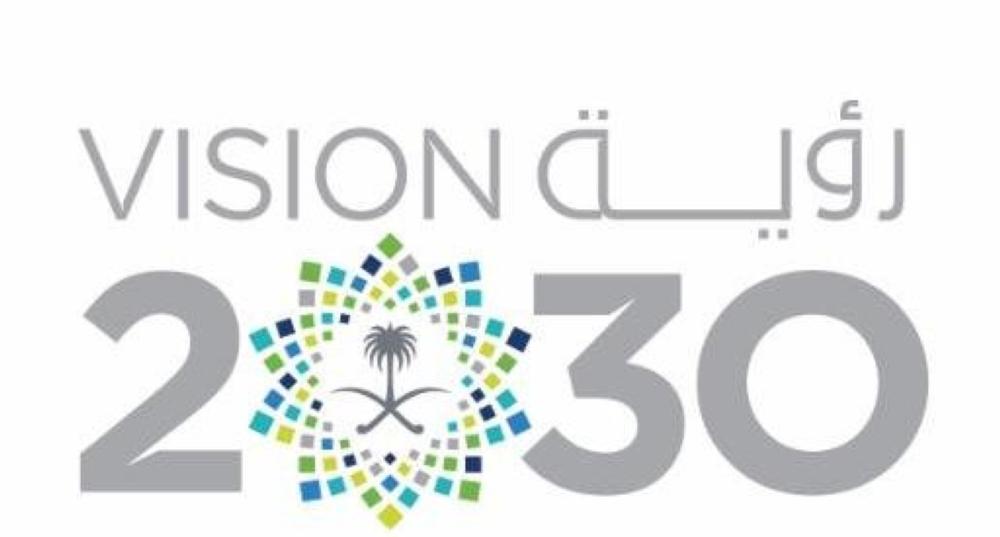
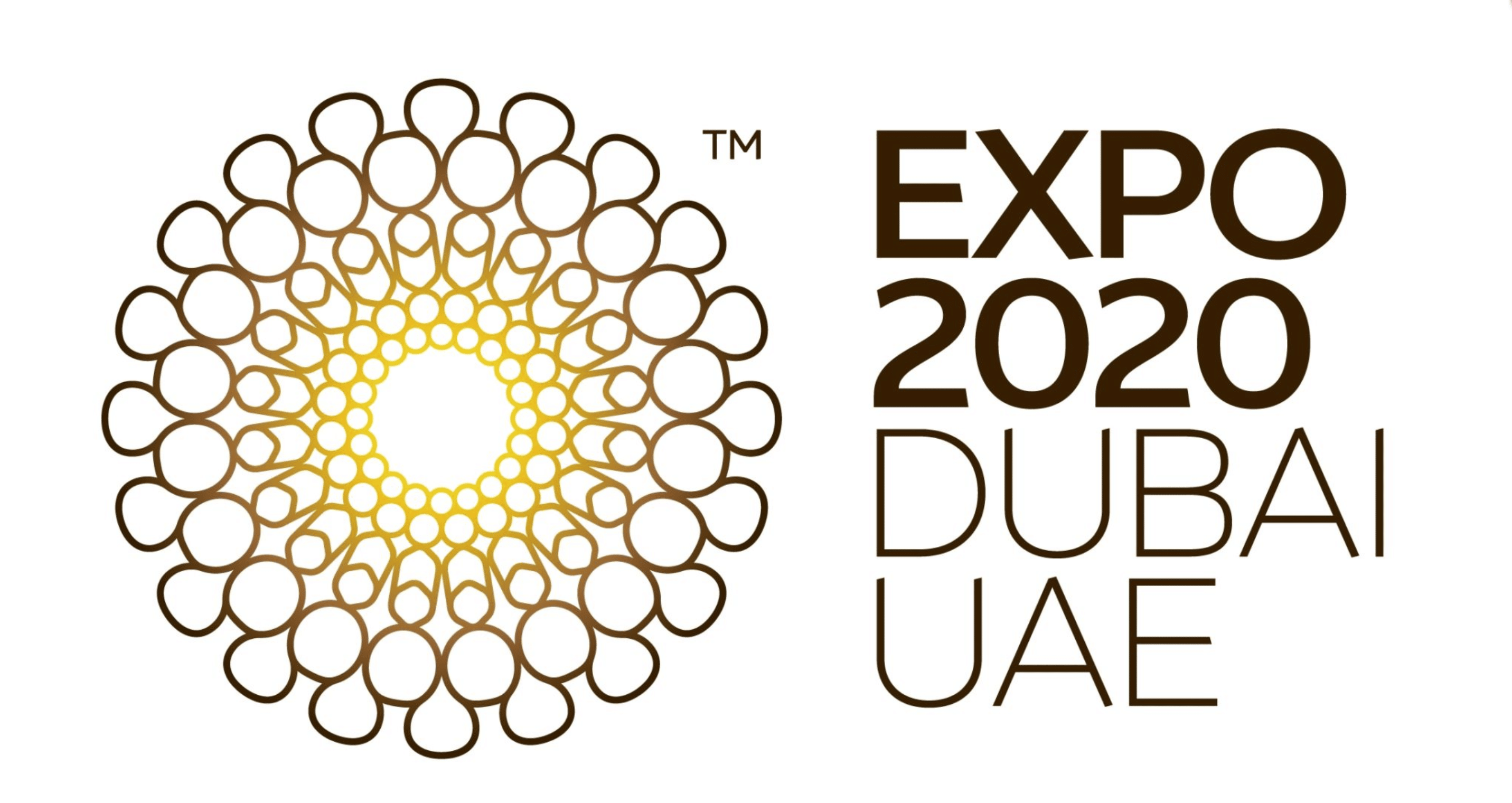
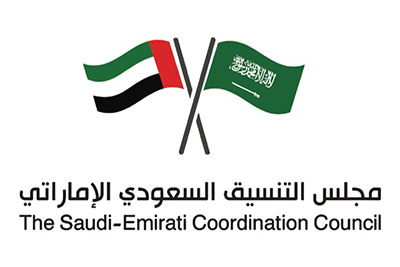
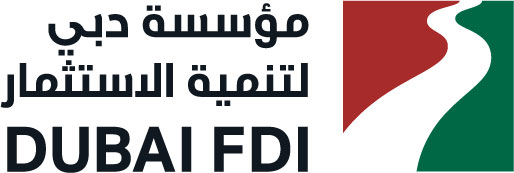

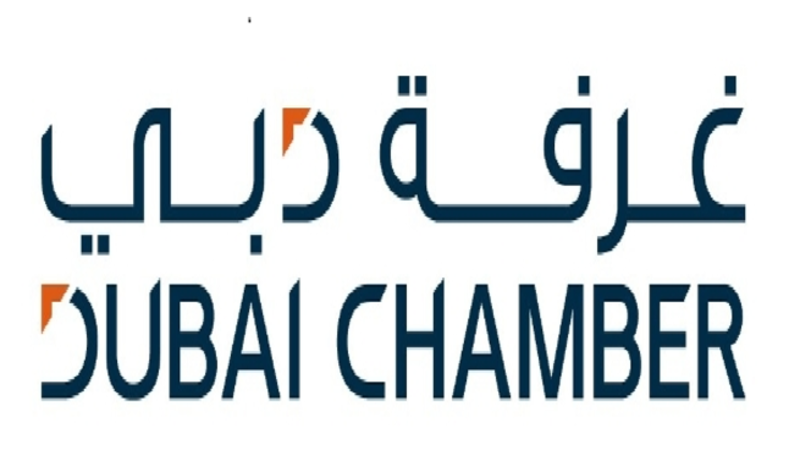
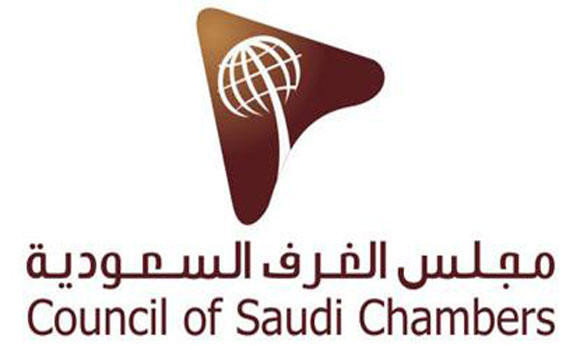




















تواصل معنا